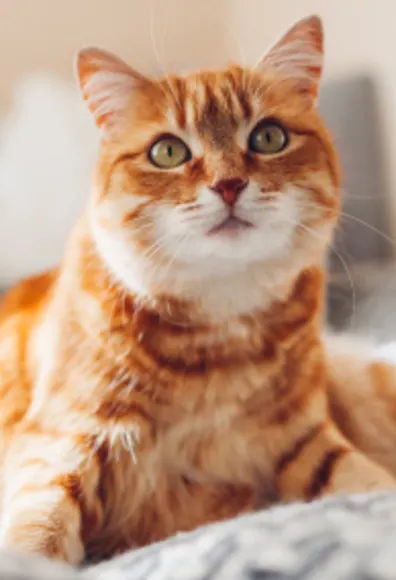Vernon Veterinary Clinic

Exceptional Services
We offer a variety of veterinary services including Wellness Care, Preventive Medicine, Surgery, and more.


Exceptional Services
We offer a variety of veterinary services including Wellness Care, Preventive Medicine, Surgery, and more.


Exceptional Services
We offer a variety of veterinary services including Wellness Care, Preventive Medicine, Surgery, and more.


Exceptional Services
We offer a variety of veterinary services including Wellness Care, Preventive Medicine, Surgery, and more.
Welcome to Vernon Veterinary Clinic
TRUSTED VETERINARY CARE SINCE 1964
The hospital, which is located on 805 Kalamalka Lake Road, right across from the Vernon Golf and Country Club, is a large, bright, air-conditioned facility with indoor kennels, and outdoor runs. We offer ample complimentary parking for your convenience. We are a team of trusted veterinary professionals ready to support you and your beloved pet.




